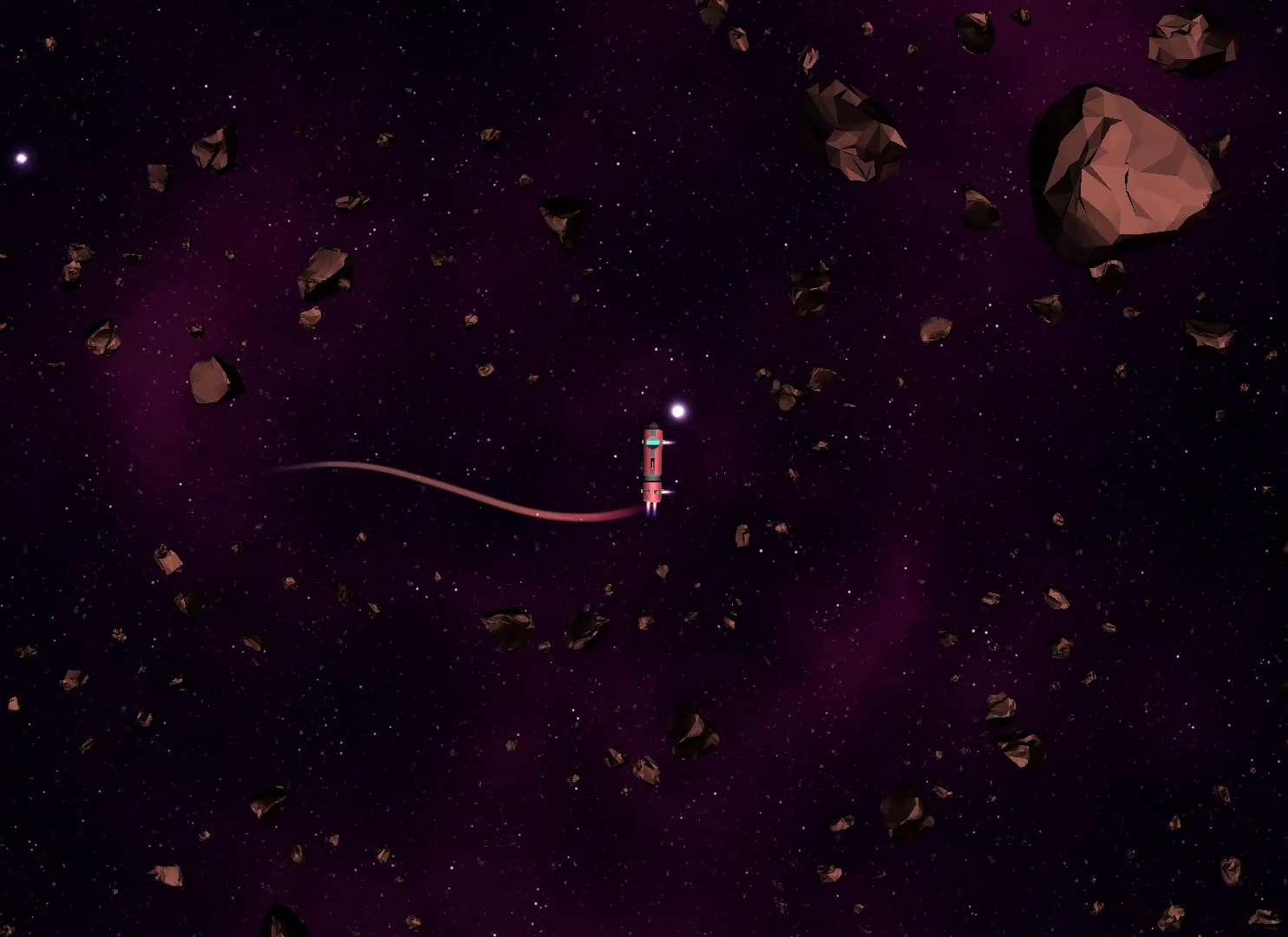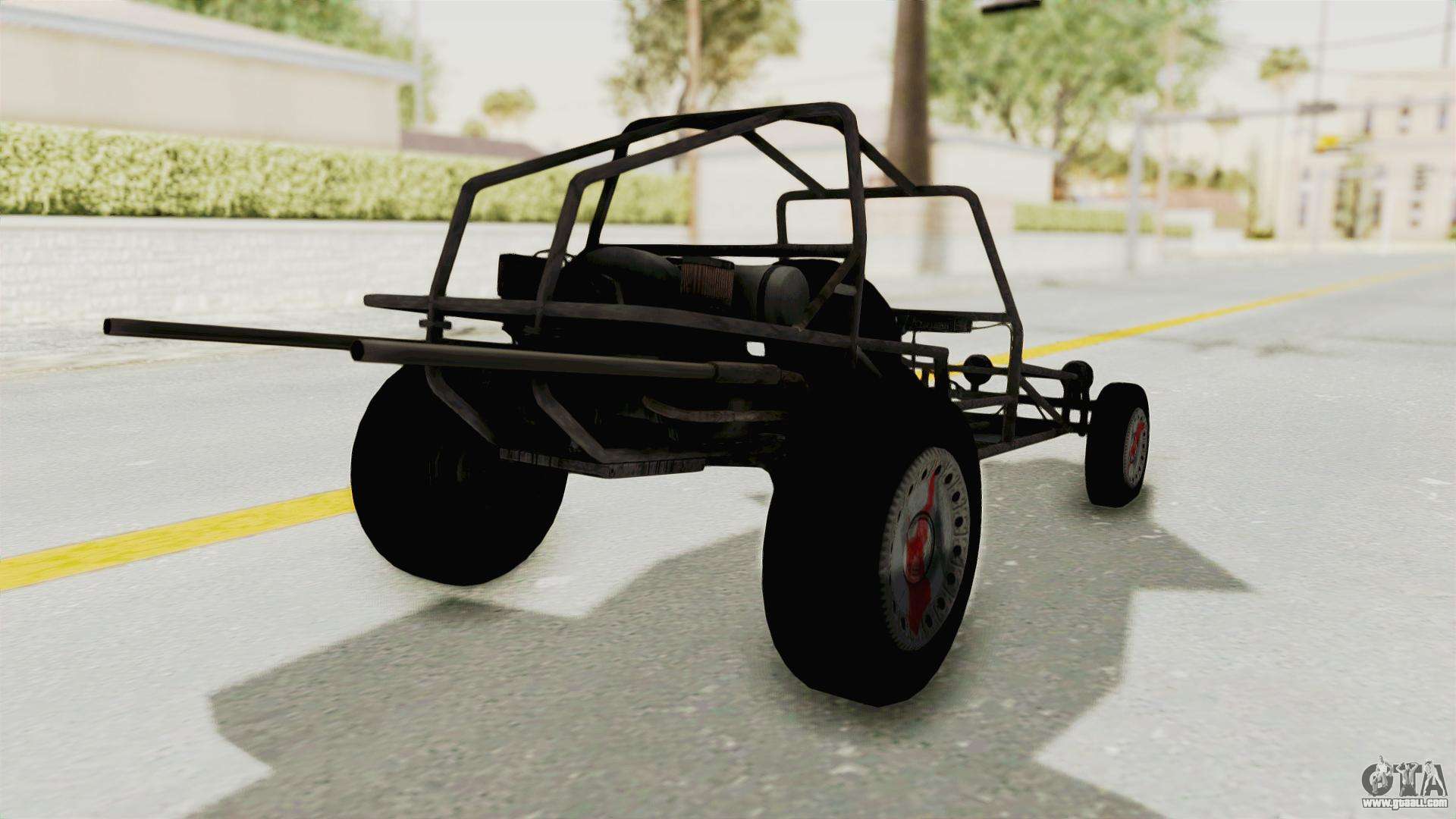


Python container apps are supported in the following services.
The end goal of these workflows is to have a container running in one of the Azure resources supporting Docker containers as listed in the next section.Ī dev environment can be your local workstation with Visual Studio Code or P圜harm, Codespaces (a development environment that's hosted in the cloud), or Visual Studio Dev Containers (a container as a development environment). Push: To registry like Azure Container Registry, Docker Hub, or private registry. Push: To a registry like Azure Container Registry, Docker Hub, or private registry.įrom your dev environment, build Python Docker images in Azure.Ĭode: git clone code to dev environment (not necessary for Docker to be installed).īuild: VS Code (with extensions), Azure CLI.Īll in the cloud use Azure Cloud Shell to build Python Docker images code from GitHub repo.Ĭode: git clone GitHub repo to Azure Cloud Shell.īuild: In Azure Cloud Shell, use Azure CLI or Docker CLI. Test: In dev environment in a Docker container.

Described in section Working with Python Docker images and containers. Container workflow scenariosįor Python container development, some typical workflows for moving from code to container are: Scenarioīuild Python Docker images in your dev environment.Ĭode: git clone code to dev environment (with Docker installed).īuild: Use Docker CLI, VS Code (with extensions), P圜harm (with plugin). The language-specific considerations - Python in this case - are in the configuration during the containerization process in Azure, in particular the Dockerfile structure and configuration supporting Python web frameworks such as Django, Flask, and FastAPI. The nature of Docker containers is that creating a Docker image from code and deploying that image to a container in Azure is similar across programming languages. Discussed are the general process of containerization, deployment options for containers in Azure, and Python-specific configuration of containers in Azure. This article describes how to go from Python project code (for example, a web app) to a deployed Docker container in Azure.


 0 kommentar(er)
0 kommentar(er)
